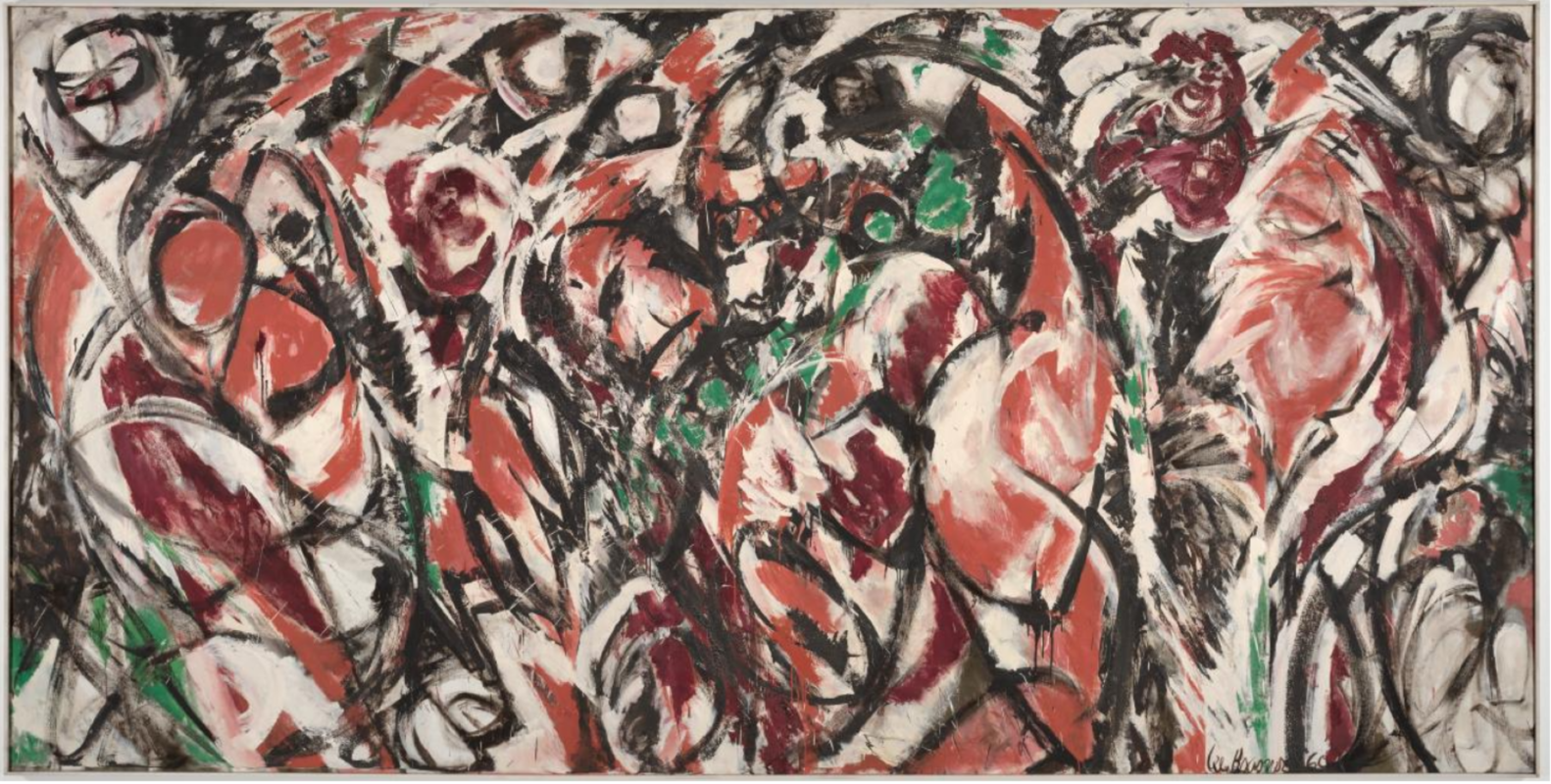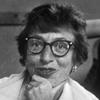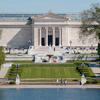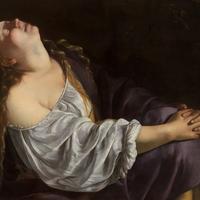More about Celebration

Contributor
There’s a party going on, and it’s taking place in Lee Krasner’s Celebration.
For the longest time, Krasner’s reputation had been overshadowed by the abstract expressionist bona fide superstar Jackson Pollock, who also happened to be her not-so-charming-nor-loyal husband. Frida Kahlo wasn’t the only woman living in the shadow of her super famous artist husband. Krasner believed immensely in Pollock’s genius in art and continued to support him at the cost of her own career, even though near the end of his life, Krasner’s relationship with Pollock became fraught. When they married, she became the defacto manager and agent of Pollock’s work, and she continued to manage his legacy thanks to the increased interest following his deadly car crash. It seems like Krasner would never break free from Pollock’s shadow. Feminism wasn’t quite what it is today, and Krasner had to metaphorically elbow her way through the sexist art world. A silver lining to Pollock’s death, however, was that Krasner had more time to work on her own art.
Four years after her husband’s death, Krasner painted Celebration. In East Hampton, New York, Krasner moved into Jackson’s old studio and suddenly there was more space for her to play and experiment. I guess finally being able to focus on her own creative expression was cause for celebration. At the time, Krasner was an insomniac and when you can’t sleep, you paint. In this period after Pollock’s death, Krasner painted The Seasons, Gaea, and Uncia, sighs of relief in painting form.
It is unfortunate that Krasner passed before she could realize the acclaim her work receives now, both critically and financially. For instance, Krasner missed out on her painting Celebration being sold to the Cleveland Museum of Art for a whopping $1.9 million in 2003. Before acquiring Celebration, the Cleveland Museum hadn’t splurged on a large abstract expressionist piece like this before, and certainly not one by a woman. Perhaps she would have been delighted when a critic said Celebration was akin to “an abandoned bacchanal.”
Despite these hardships, Krasner remained a determined painter, often changing her style of painting while remaining severely critical of her own work, destroying what didn’t pass her critique. We’re immensely grateful that this celebration of independence survived unscathed.
Sources
- Bui, Phong, “Lee Krasner at the Brooklyn Museum,” Brooklyn Rail, December 2000-January 2001. Accessed March 15, 2021. https://brooklynrail.org/2000/12/art/lee-krasner-at-the-brooklyn-museum
- Cohen, Alina, “Lee Krasner is finally appreciated for being more than ‘Mrs. Pollock,’” Artsy, June 5, 2019. Accessed March 15, 2021. https://www.artsy.net/article/artsy-editorial-lee-krasner-finally-appre…
- Rachel Cooke, “Reframing Lee Krasner, the artist formerly known as Mrs Pollock,” The Guardian, May 12, 2019. Accessed March 19, 2021. https://www.theguardian.com/artanddesign/2019/may/12/lee-krasner-artist…
- Horsley, Carter B., “Lee Krasner,” The City Review, accessed March 19, 2021. https://www.thecityreview.com/krasner.html
- Levin, Gail. Lee Krasner: a Biography. New York, NY: HarperCollins Publishers, 2011.
- Mendelsohn, Meredith, “The emotionally charged paintings Lee Krasner created after Pollock’s death,” Artsy, November 13, 2017. Accessed March 15, 2021. https://www.artsy.net/article/artsy-editorial-emotionally-charged-paint…
- News, “Record-setting Krasner painting goes to Cleveland,” Artforum, November 13, 2003. Accessed March 19, 2021. https://www.artforum.com/news/record-setting-krasner-painting-goes-to-c…
- Smee, Sebastian, “Call to action,” Washington Post, April 1, 2020. Accessed March 15, 2021. https://www.washingtonpost.com/graphics/2020/entertainment/lee-krasner-…












